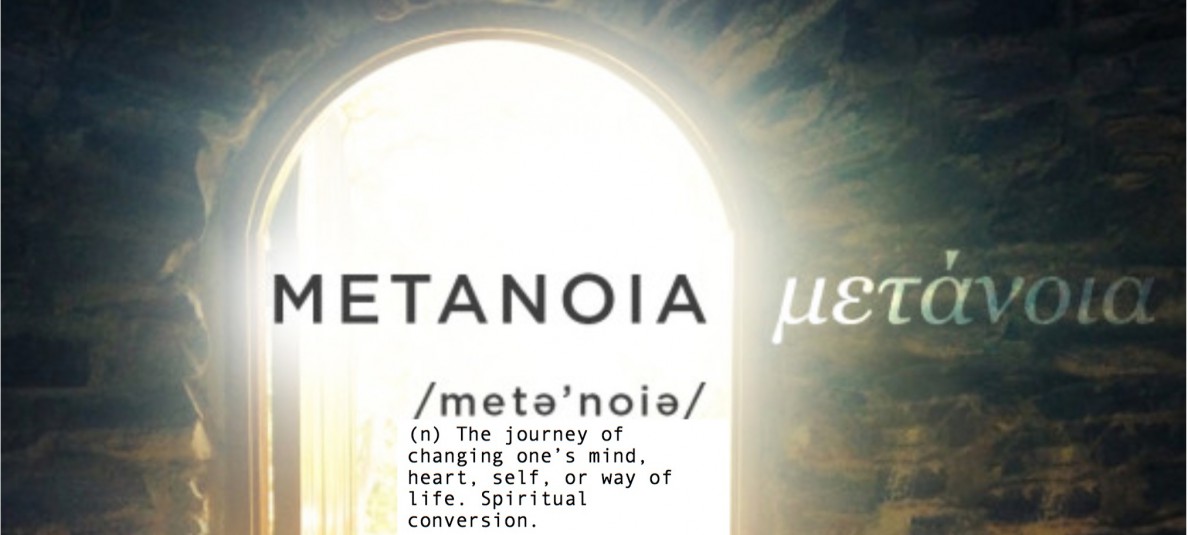Advent 2A: Liturgical Whiplash
By: The Rev. Lee Curtis
Every year, in the second week of Advent I get liturgical whiplash.
Like a sixteen year-old learning how to drive a stick, the lectionary committee throws us John the Baptist after starting strong on Advent 1 with the pressing imminence of the Kingdom of God. Of something beautiful and terrifying out on the horizon. Something we can’t predict, yet must prepare for.
That’s something I can get behind in the midst of the crush of the holiday season. I can ready myself for Christ’s incarnation and his coming again in power and great glory. The Gospel from Advent 1 sets the tone so exquisitely that I have no problem queuing up “O Come O Come Emmanuel,” lighting the wreath, and settling in to a season of preparation for the Incarnation.
Week one sets us up for the infant Jesus and the triumphant Christ.
Week two gives us a man in a hair shirt, and Jesus nowhere to be found.
More and more I’m convinced this is because I don’t quite know what to do with John the Baptist outside of the pericope that appears on the Feast of the Baptism of Our Lord. John makes sense in Epiphany, once we’re in the liturgical mindset of Christ being with and among us. But in Advent, the text, even John himself, feels like an imposition, like something we have to wade through (or use as an excuse to punt to preaching on the Old Testament) until we get to pick ourselves back up on Gaudete Sunday.
Our Eastern Orthodox brothers and sisters have the key here. While the Western Church focuses on John’s ministry of Baptism, the Orthodox refer to John almost exclusively as “John the Forerunner.” It may seem like a small distinction, but our respective titles signify quite a bit. While the Western title focuses on the actions of John himself, the Eastern title pivots on John’s relationship to Jesus. John is the one who is before the one who is to come. The signpost. The way-maker.
This vital emphasis on relationship over action bears out in the text itself. It’s easy to gloss over the fact that the Pharisees and Sadducees were coming to be baptized. They were coming to do what we can’t help but read as the right thing and yet, John tells them to re-orient themselves. Don’t count on your status; God can and is raising up a new people for Godseslf. Turn around. Metanoeite. See yourself, your community, and your place in it differently. Don’t walk out of this water the same way you came in.
If we see what John is exhorting the Pharisees and Sadducees to as an call to conversion rather than a call to do penance (which is how the Vulgate, and most of the history of Western Christianity renders this passage) then drawing the connection from that Metanoia in baptism to the eschatological moment becomes clearer, and locating this passage within the narrative arc of Advent breaks open.
John’s ministry is what it is because of its relation to the coming of Christ. Repentance, conversion, only matters in light of the coming of the Kingdom.
John only is who he is because he is the one who comes before, and we are only who we are because we are in Christ.
Admittedly, I am terrible at remembering this anytime I open my calendar in December. The horrible contemporary irony of the Holiday Season is that in a time when the liturgical year is begging us to just be, we have so much to do. Combine that with our preoccupation of repentance-as-action and it’s easy to see why it’s so difficult for us not to eisegete ourselves into wondering how this text helps us foster an Advent spirituality.
Taking the simple step of embracing John the Baptist as John the Forerunner, even if only until The Baptism of Our Lord, may be enough to spark our imaginations, and allow us to get playful with what’s happening in the text. Softening the transition from the eschatological fever-pitch of Advent 1 to a historical moment that includes only an allusion to Jesus.
It’s one thing to ask Jesus to come and change the world. It is a much more difficult thing to ask Jesus to come and change us. To see ourselves differently. To frame our relationship with God and neighbor in new ways, and then to bear fruit worthy of conversion. My liturgical whiplash is a product of that difficulty, a difficulty that isn’t helped by the particularities of my tradition, or the frenetic pace of the secular season. To see what this text is doing we have to stop. We have to take stock of our relationship to the text, to its protagonist, and to where they both are pointing.
And there’s nothing more quintessentially Advent than that.

The Rev. Lee Curtis is a twenty-something Episcopal Priest serving as Urban Missioner at Christ Church Cathedral in Indianapolis, Indiana, where he works on building community for those flocking back into the city’s booming downtown. He received his Master of Divinity from the Candler School of Theology at Emory University in 2013, and currently lives in Indy with his wife and two sons.
